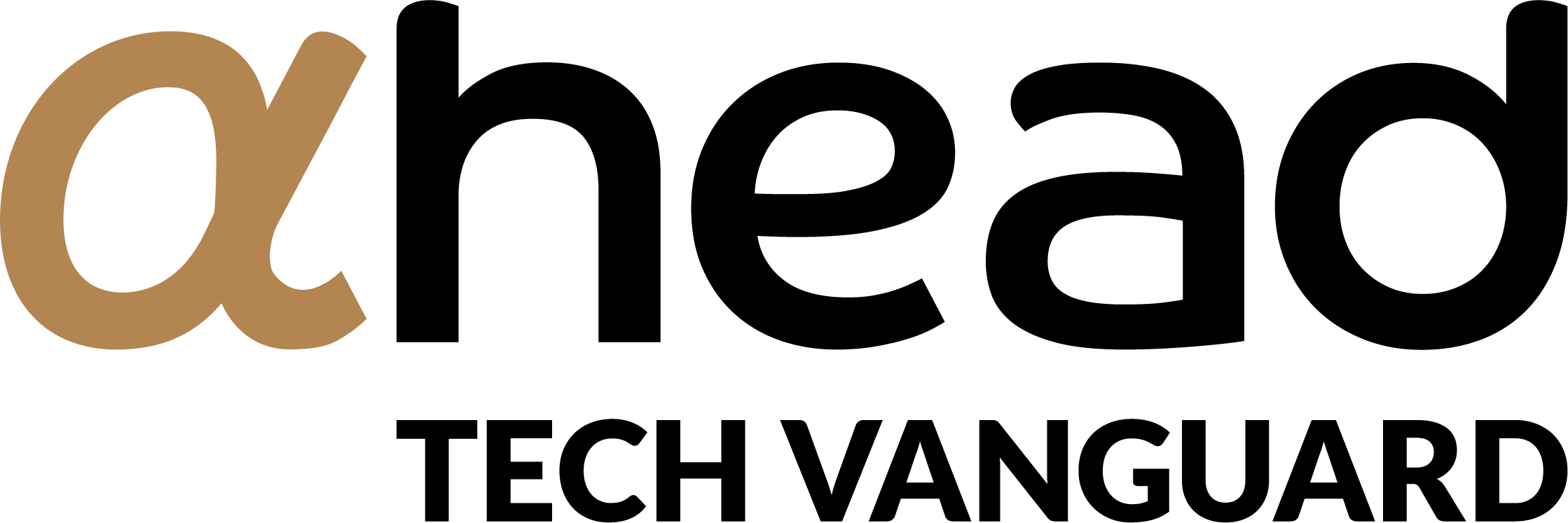ARTIFICIAL INTELLIGENCE
What is Artificial Intelligence?
Artificial Intelligence is a buzzword that has to do with the present and the future of technology. The term identifies a series of science theories and techniques through which it is possible to reproduce the reasoning capacity of a human being in a machine. The concept has largely evolved over time, thanks to technological advanced that made it possible to enlarge the areas of application of Artificial Intelligence. In fact, is AI was at first used mainly in the field of mathematics, modern intelligent machines are able to hear, see and behave like a human being.
The definition of AI
The term Artificial Intelligence was first used during the Dartmouth Conference, in 1956, although the origins of Artificial Intelligence are to be found in earlier contributions from many members of the scientific community that dedicated themselves to deepening the analogy man-machine to understand whether human intelligence could be simulated using machines.
Among them, Alan Turing was one of the fathers of computer sciences and one of the first to dedicate himself to the study of human intelligence and its possible artificialization.
In his article “Computing machinery and intelligence” dated 1950, Turing described the famous Turing Test based on the logics of the imitation game. The test entailed the participation of a judge that, through a terminal, was able to communicate with a man and with a machine without knowing which was which. If the judge was not able to distinguish the man from the machine, the computer was classified as intelligent, as it passed the test. Turing’s work was key to building the basis on which following theorizations were built, where the terms Artificial and Intelligence started to be associated. In a more modern definition of the term, Artificial Intelligence is one of the tools that allow machinery, computers, and robots to replicate human reasoning. AI can be employed in complex decision-making processes using specific algorithms and can help performing daily tasks. Thanks to such algorithms, the probability of human error is reduced and the calculation capacity of the machines make it easier to take the best decision in the most different contexts.
Artificial Intelligence: practical examples
In our daily life, we are surrounded by application that employ Artificial Intelligence to the point that we barely notice it. AI is there when we search for something online, as our data i collected so that research engines can learn to give back more pertinent results. Another very common example is the online shopping experience. In this case, AI is largely employed to make suggestions based, for example, on earlier purchases, research history by other users and other trends observed online.
Another area of application are self-driving vehicles, those using technology and Artificial Intelligence to replace the driver and are equipped with proper safety systems to move autonomously on the road. We also employ Artificial Intelligence when we use virtual assistants such as Alexa, Siri and Google Home, interacting with them like we do with human beings. Even when we let platforms such as Netflix and Spotify guide us in the choice of contents and in our daily use of social network, we entrust a selection created by AI-based algorithms, that learn about our preferences and taste, therefore proposing what we would probably like more.
One last example we may make about Artificial Intelligence is chat bots for customer service, employed by countless businesses. These are a mix between old and new, that employs the very same logics described by the Turing test.
Artificial Intelligence in the business world
The use of AI-based applications is not limited to our daily lives but finds a strong adoption in the industrial and business sectors. In aHead Research, for instance, we employ AI to help our partners and clients with the definition of the best restocking policies for the items in a warehouse, avoiding overstock and out-of-stock problems for the sake of economic sustainability.
Another example of industrial application of Artificial Intelligence concerns quality control and the automated recognition of faulty items along the production line. The process of identification of such faults requires advanced imaging techniques to acquire, elaborate and segment the items, algorithms to extract relevant qualities and algorithms to classify and identify the problems. This guarantees, for example, that businesses in the fashion area do not produce faulty clothing that could heavily compromise the reputation of the brand in the eye of the customers.
